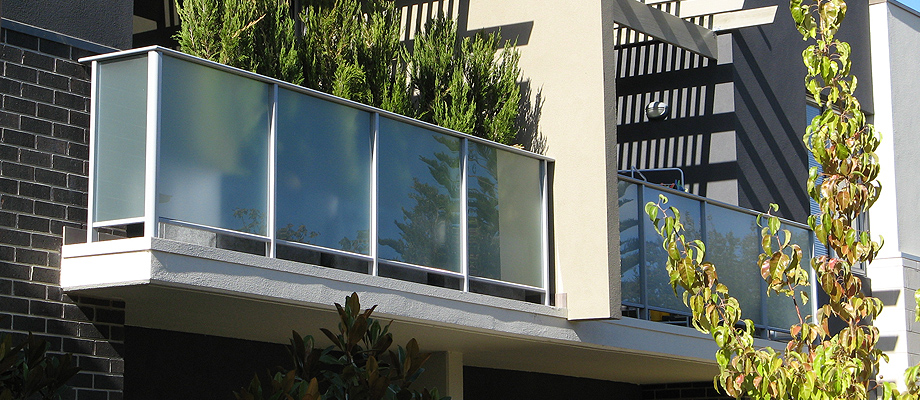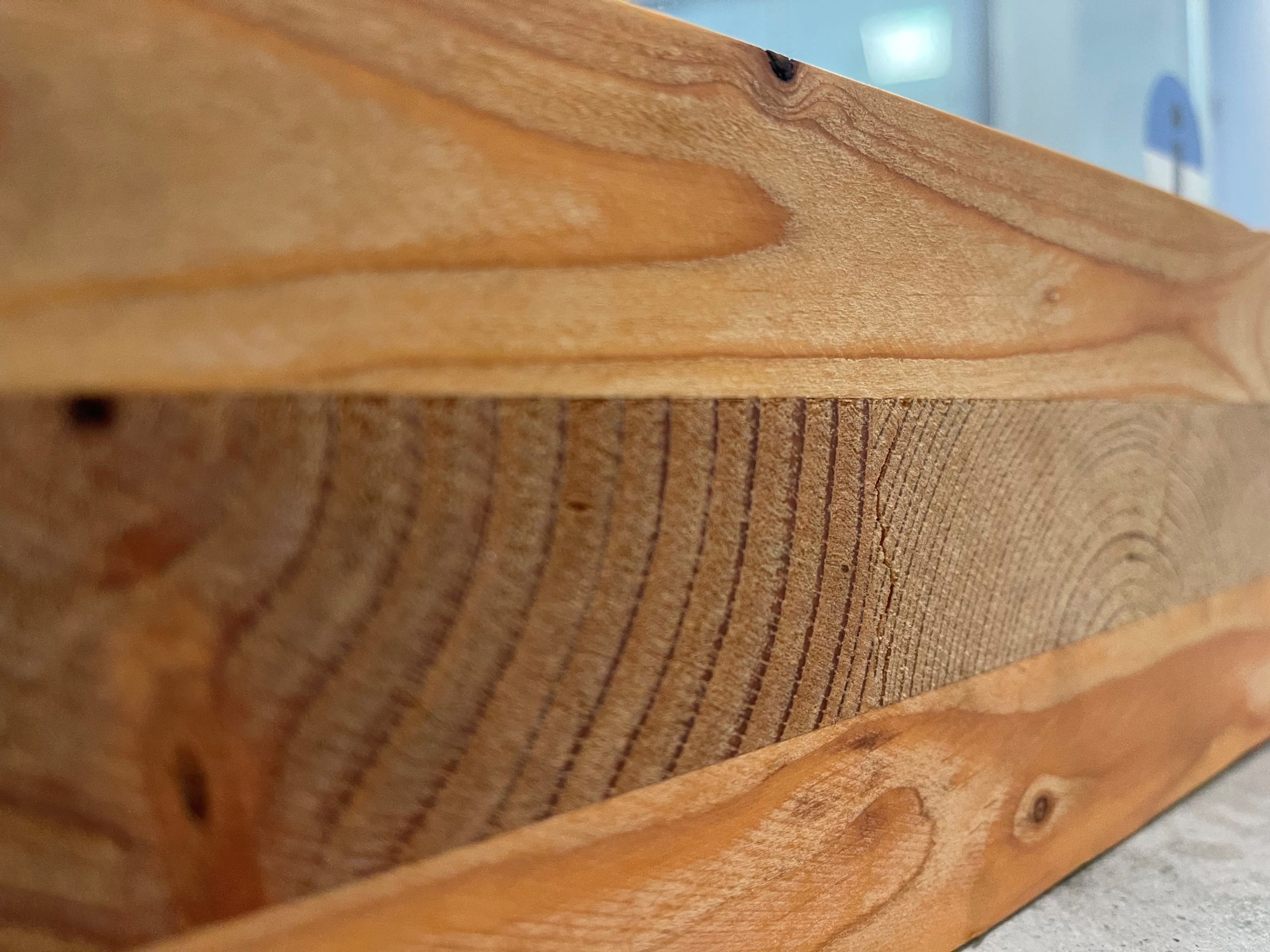General
Bird Friendly Glass: Treatments to Prevent Bird Collisions
Birds cannot see through glass, making glass windows and guardrails a deadly obstacle for up to one billion birds each year. By adding certain elements to glass - many of which are invisible to the naked human eye - we can help protect our feathered friends.

It’s estimated that up to 1 billion birds are killed each year across the world due to collisions with clear glass. Birds cannot see glass, seeing instead whatever is reflected in it. By creating glass that is specially treated and created to be seen as an obstacle to birds, “bird friendly” glass aims to reduce glass collision with birds.
What is bird friendly glass?
Fritted glass is designed to maintain its transparency for the human eye while presenting an obstacle when viewed by birds. The benefits of glass are combined with bird-friendly design through the incorporation of elements that preclude collisions while providing light and views, such as ceramic dots, types of “frits,” and other materials that can be screened, printed, or otherwise applied to glass surfaces. In addition to preventing bird collisions and reducing the transmission of light and heat, such measures can also provide design detail. In other cases, fritted glass patterns are hardly visible to the human eye but still effective in preventing bird strikes.
Glass treatments to prevent bird collisions
Ceramic enamel frit
There are several types of bird friendly glass. One popular type is a ceramic enamel frit – which can be silkscreened onto glass in any pattern or design. Although this type of fritting is not specifically for bird protection (generally it aims to provide privacy or reduce solar heat gain), it does make glass more visible to birds. Ceramic enamel frit is made up of finely ground glass and can be mixed with pigments to create color. After application, the frit is fused to the glass surface by heating the glass to 1,150°F. The result is a ceramic coating almost as tough and durable as the glass itself.
Acid etching
Another type of fritting is acid-etching. Common in the decorative glass world, this method lends to a more frosted glass look, which also helps birds view it as an obstacle.
UV reflective coatings
While ceramic frit and acid etching are beautiful, many prefer the classic transparent appeal of glass. Solutions for that come in the form of UV reflective coatings. A UV reflective coating is applied to glass (laminated glass, for optimal performance). Unlike humans, birds can see ultraviolet light – which means that while this glass is highly visible to birds, it is nearly invisible to the human eye.
Bird friendly glass is ecofriendly, too
While much attention is currently being paid to environmentally responsible material sourcing and resource-efficient design, buildings must also operate in an environmentally sustainable way to truly be ecofriendly, and protecting the planet’s dwindling bird population is a major step in the right direction. Major high-profile buildings across North America are currently being designed and built with bird friendly glass elements, including Block 185 in Austin, TX.

Courtesy of Pelli Clarke Pelli Architects
Given its location adjacent to a creek and urban watershed, as well as its 35-story glass structure, Block 185 had the potential to pose a major risk to local bird populations, including the vulnerable Green Heron and Great Egret. Synergi’s custom exterior windscreens, which form the building’s exterior, each contain elements that prevent bird strikes while remaining invisible to the naked eye, showing how bird friendly glasses present an ecofriendly way to preserve the bird population without compromising a project’s design or the views it’s intended to offer its occupants. Read more about Block 185 here.
To learn more about fritted glass and how it can be used on your next project, reach out to Synergi today!

Considerations for Integrating Monumental Stairs into Mass Timber Projects
